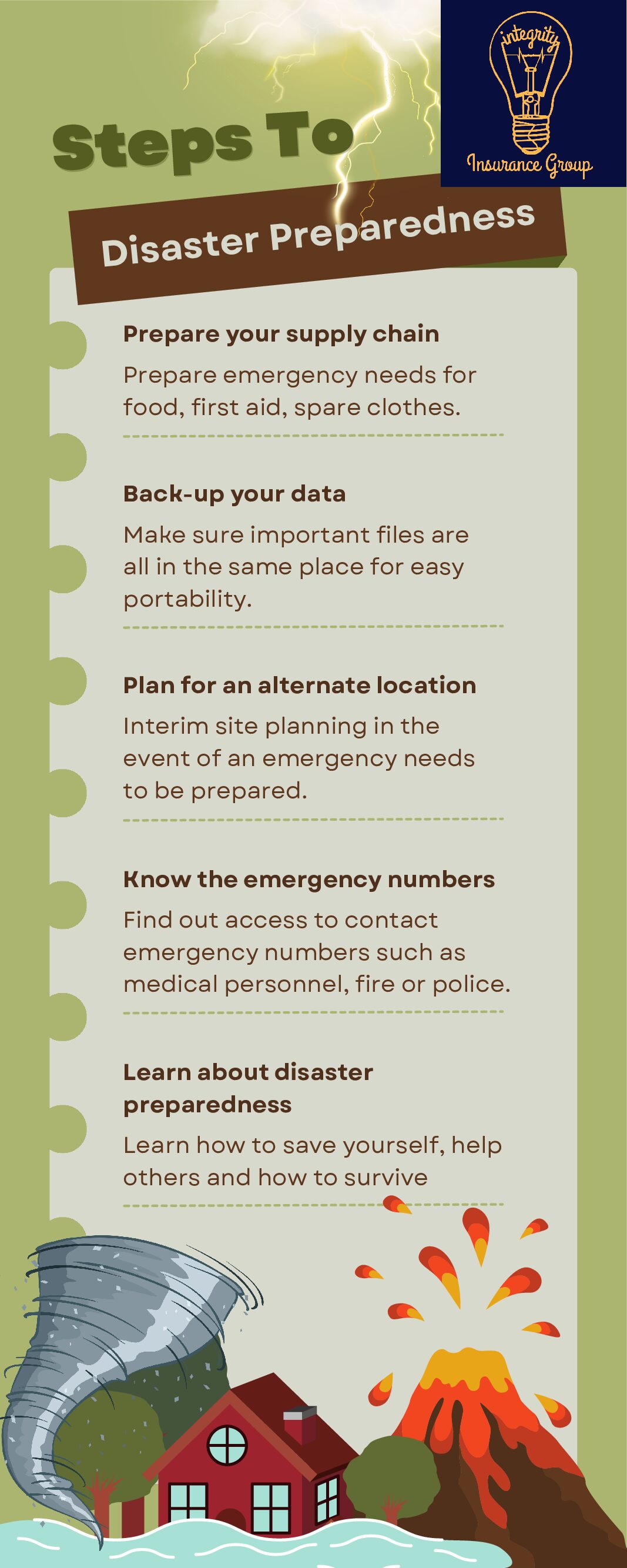
In the evolving world of work, the line between office and home environments has increasingly blurred, bringing forth a new set of challenges and opportunities for ensuring employee safety and wellness. This comprehensive guide dives deep into the essence of fostering a safe working environment, whether in the conventional office setting or the comfort of one’s home.
The Imperative of a Safe Working Environment
Understanding the importance of a safe workspace is foundational to the well-being of employees and the productivity of an organization. Both office and remote work settings present unique hazards that can significantly impact an employee’s health and safety. By acknowledging these risks and implementing robust safety policies, companies demonstrate their commitment to their most valuable asset: their people.
A Blueprint for Safety: Policy and Program Goals
The cornerstone of a secure workplace is a well-defined safety policy, tailored to address the specific risks associated with office and remote work environments. Goals such as reducing workplace injuries, ensuring ergonomic workstation design, and providing comprehensive safety training are vital. These objectives guide the development of practices and procedures that protect employees from potential hazards.
The Science of Ergonomics and Its Role in Safety
Ergonomics plays a crucial role in minimizing the risk of musculoskeletal disorders (MSDs), particularly in environments where employees spend prolonged periods sitting or in repetitive motion. Effective ergonomic practices involve designing workstations that accommodate the individual needs of employees, thus promoting comfort and preventing injuries.
Roles and Responsibilities: A Collaborative Effort
Safety in the workplace is a collective responsibility that requires active participation from all levels of the organization. Management must enforce safety policies, conduct regular inspections, and ensure the availability of safety equipment. Employees, in turn, are expected to adhere to safety procedures and report any hazards. This collaborative approach is essential for maintaining a safe working environment.
General Safety Guidelines and Hazard Assessment
A comprehensive hazard assessment is critical for identifying potential risks within the workplace. This process involves evaluating all work areas and developing a control plan to mitigate identified hazards. Regular inspections and adherence to safety regulations, such as those set forth by OSHA, are fundamental components of an effective safety program.
The Pillars of Safety: Training and Awareness
Safety orientation and ongoing training play pivotal roles in equipping employees with the knowledge and skills needed to navigate workplace hazards. This includes understanding the use of personal protective equipment (PPE), emergency response procedures, and safe work practices that are applicable to both office and remote settings.
Ergonomics and Safe Lifting Practices
Addressing ergonomic risks and teaching safe lifting techniques are critical measures for preventing MSDs. Organizations should regularly evaluate job designs and work methods to incorporate ergonomic solutions and safe lifting practices, thus minimizing the risk of injury.
Remote Work Safety: Extending the Safety Net Beyond the Office
The rise of remote work has introduced new challenges in ensuring employee safety. Organizations must provide guidance on setting up an ergonomic home office, maintaining electrical and fire safety, and ensuring the overall well-being of remote employees. This includes periodic assessments of home workspaces to ensure compliance with safety standards.
Preparing for Emergencies: A Proactive Approach
Emergency preparedness is paramount, both in the office and at home. This entails having a clear action plan for a variety of potential emergencies, conducting regular drills, and ensuring that employees are familiar with evacuation routes and emergency procedures.
The Path Forward: Embracing Safety in a Changing Work Environment
As the nature of work continues to evolve, so too must our approach to workplace safety. By fostering a culture of safety that spans both office and remote environments, organizations can protect their employees while adapting to the future of work. The dual landscapes of office and remote work safety offer a unique opportunity to rethink and reinforce our commitment to creating safe, healthy, and productive workspaces for all.
For more information call 570-565-8530 or email mike@integrityig.com



